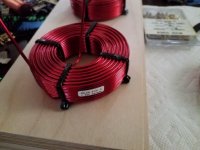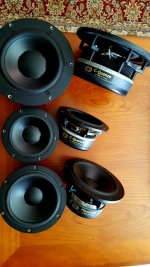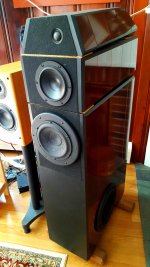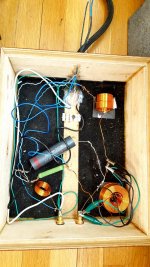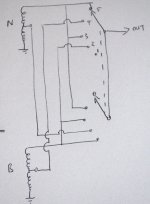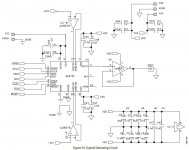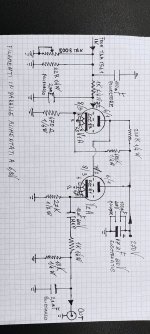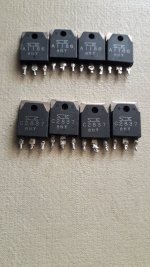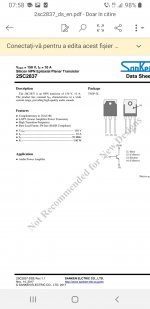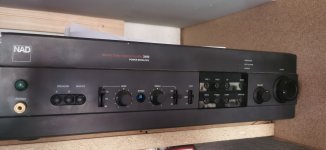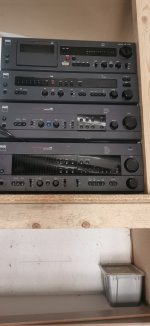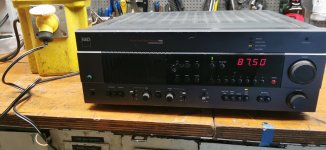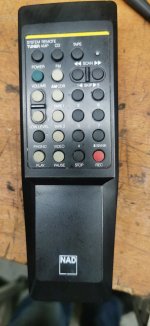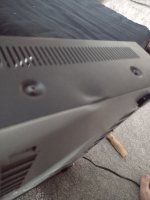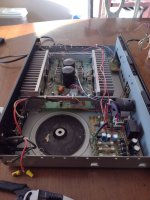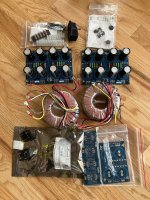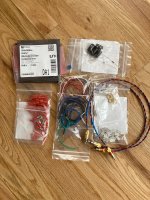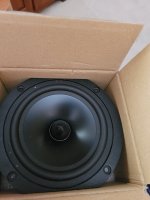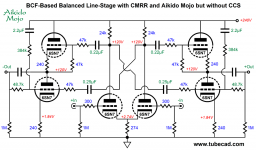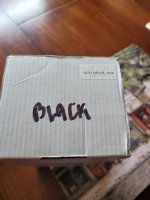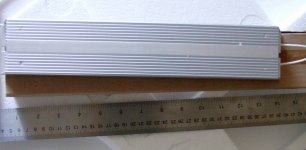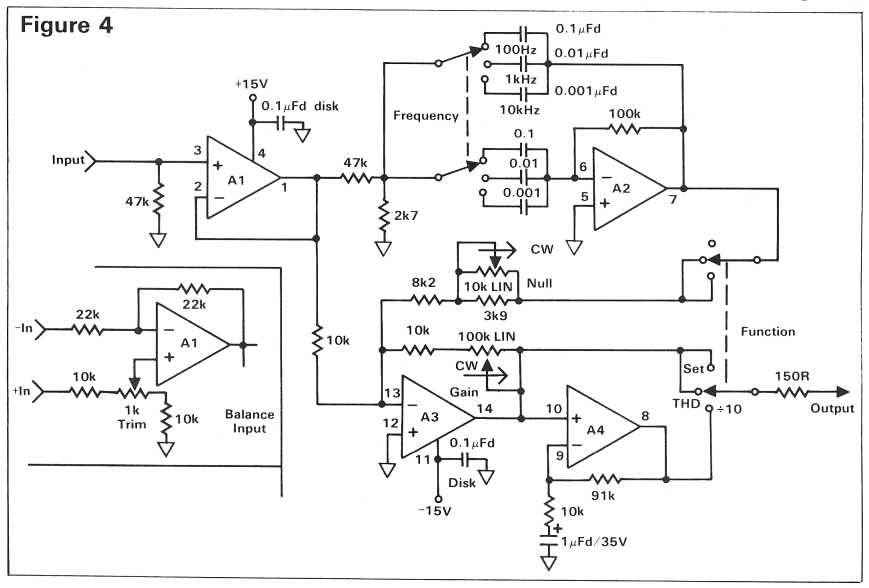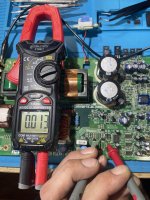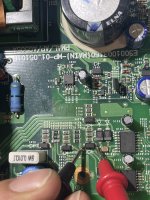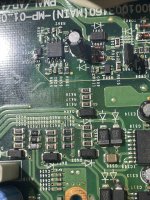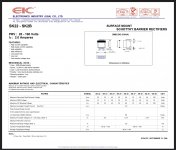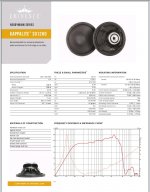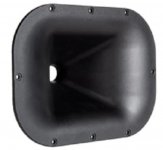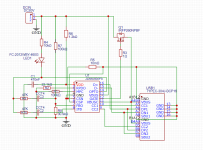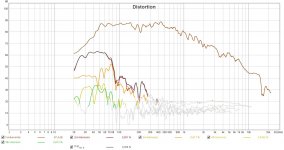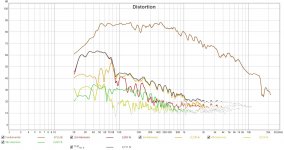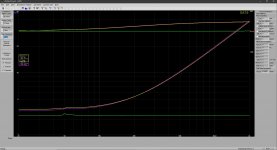Well, I finally got power applied to the breadboard amp I've been
working on. The purpose is to experiment with driving power grid
tubes with the MOSFET coupling circuit alluded to in these discussions:
http://www.diyaudio.com/forums/showthread.php?postid=1828338#post1828338
http://www.diyaudio.com/forums/showthread.php?postid=1815088#post1815088
Here is the schematic as currently operating:
The main idea is to provide a fixed reference voltage for the driver
anode and power tube grid (fixed bias) while coupling the driver
anode into a mu-follower to isolate the driver from the sudden onset
of grid currrent.
Q2 and R3 provide a DC reference with high AC impedance. I made R9
adjustable to allow dialing in the bias voltage. Good thing, too...
Q1 provides a high impedance AC load with fixed voltage to the
driver anode, and provides a low impedance mu-follower output
to drive the power grid.
Q1 is supplied by a separate stacked power supply (ultra simple)
which is returned to the cathode of the power tube such that the
grid current loop does not include the driver power supply.
As shown below, it works quite well, with the 5842 driving up to
300V P-P to the 4-65A grid (to +70V in this trace) while supplying 50mA
of grid current:
The 4-65A triode load line I am working with needs about 260V P-P
drive, going about +40 maximum, so I have some headroom in this
drive circuit.
I'm also thinking about smaller screen grid resistors.
I am getting about 16W output, which the 10 Watt Transcendar
OPT seems to handle remarkably well. I was worried looking at the
waveforms on the scope but the low end is quite nice sounding.
I haven't done an A-B comparison with my 16W push-pull amp but
this one seems to play quite loud before the distortion gets
objectionable.
The distortion spectra is all 2f up to ~1 watt, then some 3f + 4f,
etc in a waterfall pattern increasing up to about 10 watts, when
the higher order harmonics start filling in. I just made some brief
measurements and have been listening to it on and off over the
weekend. It has a very neutral sound, flat frequency response, and
sounds great with some drum parts I usually find challenging for
tube amps.
Cheers,
Michael
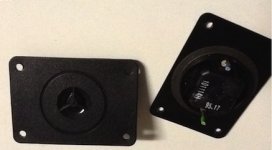
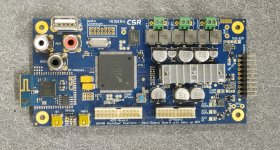

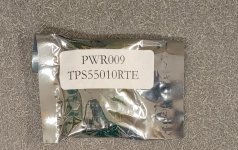
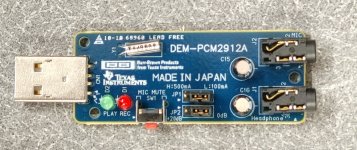
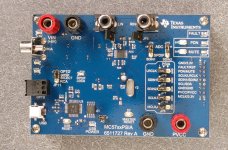
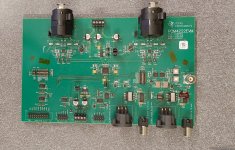
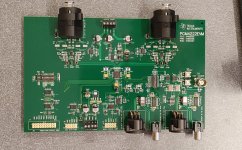
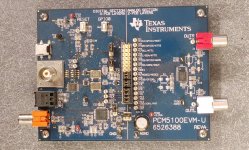
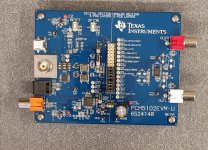
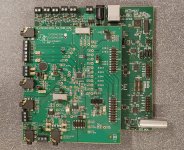
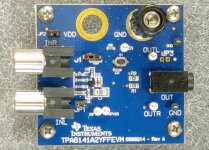
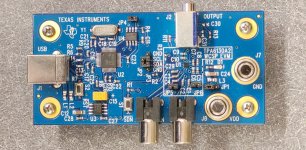
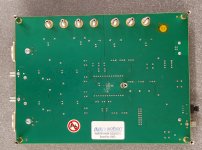
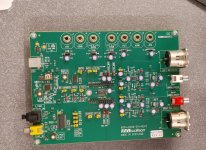
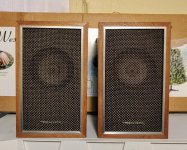
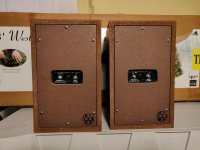
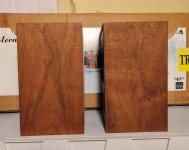
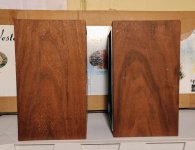
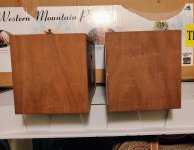
![IMG_20220425_141726[1].jpg](/community/data/attachments/956/956122-ef80f192758c7d57105eff68830486b6.jpg?hash=74DxknWMfV)
![IMG_20220425_141701[1].jpg](/community/data/attachments/956/956123-aa90027672a5f8d39716aa68cca2170f.jpg?hash=qpACdnKl-N)
![IMG_20220425_141906[1].jpg](/community/data/attachments/956/956124-eca7c1c6126e85a74e7d1bb319f42efd.jpg?hash=7KfBxhJuha)
![IMG_20220425_142131[1].jpg](/community/data/attachments/956/956125-5d034e788025c69740edb5f2a3db3274.jpg?hash=XQNOeIAlxp)












